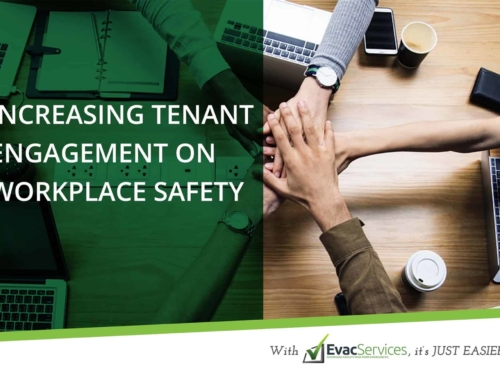With 79 residents presumed dead and over 70 injured, the Grenfell Tower fire tragedy is one of the most alarming wake-up calls for the facilities management world. It has catapulted high-rise fire safety issues to the fore, particularly the need to review and reform building industry standards. Across the globe, governments and authorities are now taking a more critical look at what could be done to prevent another “tower inferno”.
A case of oversight
Growing evidence indicates that the negligence of authorities, regulators, and building management heavily contributed to the Grenfell Tower tragedy.
According to investigations, the building has only one useable staircase and one exit. Based on news interviews with residents, there was no sprinkler system in the building, as well.
A few years ago, Grenfell Tower residents also filed complaints about the emergency lighting, emergency exits, and placement of heaters in the building, but their concerns fell on deaf ears. They also reached out to local officials to air their concerns, reports say. If local authorities addressed the issues at the right time, it could have saved lives and prevented the fire from happening.
But the recent incident is not the first time the building management of Grenfell Tower violated fire regulations. One of the properties they are managing also caught fire back in 2015 as reported by Vox. While no one died, several tenants suffered from smoke inhalation. The London Fire Brigade issued the building management organisation a notice mandating them to improve escape staircases and unit front doors.
The facilities management world is well aware that complacency breeds danger. If so, why didn’t the building management organisation of Grenfell Tower address all these red flags?
Unclear regulations are a growing concern in the facilities management world
Investigations are also putting the blame on the use of flammable cladding. Despite the dangers attached to the use of cladding, the British government still allows its use on high-rise buildings. The national building regulation only warns about the use of flammable cladding, but never explicitly banned the use of the material.
In Australia, a similar tune can be heard. The Fire Protection Association of Australia has warned against the use of non-compliant cladding, but there is a strong clamour from the facilities management world, citizens, and the construction industry for the government to review building regulations in the country. The government is now facing criticism about not acting quickly to reform building industry standards.
In the facilities management world, fire safety is an excellent investment that must never be overlooked. There’s no better time than now to heed the wake-up call for more stringent high-rise fire prevention initiatives.
Are your high-rise buildings compliant with Australian Standards and Regulations? Take our free compliance questionnaire to identify your compliance gaps.






